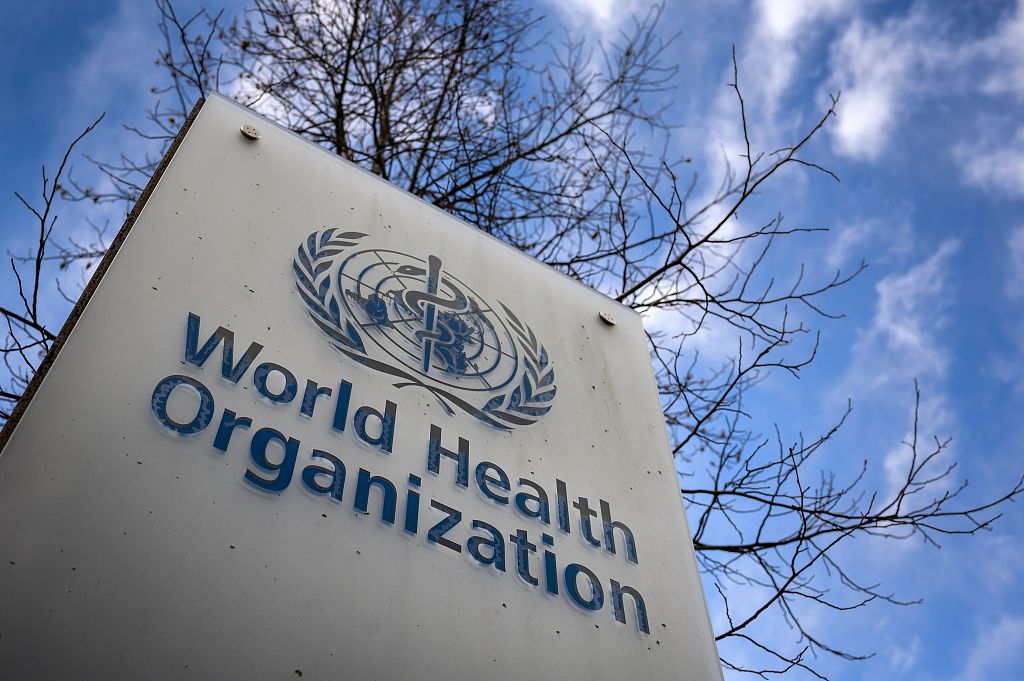
WHO report: Physical inactivity puts 1.8 billion people at risk of disease
According to a study by the World Health Organization, a third of the world is at a higher risk of chronic disease due to inactivity.
The study, published in The Lancet Global Health journal, showed levels of physical activity plummeted between 2010 and 2022, putting 1.8 billion people at risk of noncommunicable diseases.
If the trend of inactivity continues, 35 percent of people will be inactive by 2030, and a higher disease burden, the report said.
According to WHO Health Director, Dr. Rüdiger Krech, physical inactivity is a silent killer. He says these new statistics necessitate innovative ways to motivate more people to be active.
Krech added that making physical activity accessible, affordable, and enjoyable for all, can significantly reduce the risk of noncommunicable diseases and create a healthier and more productive population.
According to the WHO, “Physical activity refers to all movement including during leisure time, for transport to get to and from places, or as part of a person’s work or domestic activities.”
The WHO recommends 150 minutes of moderate or 75 minutes of vigorous activity weekly.
While moderate everyday activity includes very brisk walking or heavy cleaning such as washing windows or mopping, vigorous activities include hiking, jogging, and shoveling.
Reacting to the report, WHO Chief Tedros Adhanom said these new findings present an opportunity to fight cancer and heart disease and improve mental health.
“We must renew our commitment to increasing levels of physical activity and prioritizing bold action, including strengthened policies and increased funding, to reverse this worrying trend,” he said.
The report has further revealed a gender disparity in physical activity, with 31 percent of women registering as inactive compared to 29 percent of men. Additionally, it’s revealed that people over 60 are generally more inactive than younger people.






